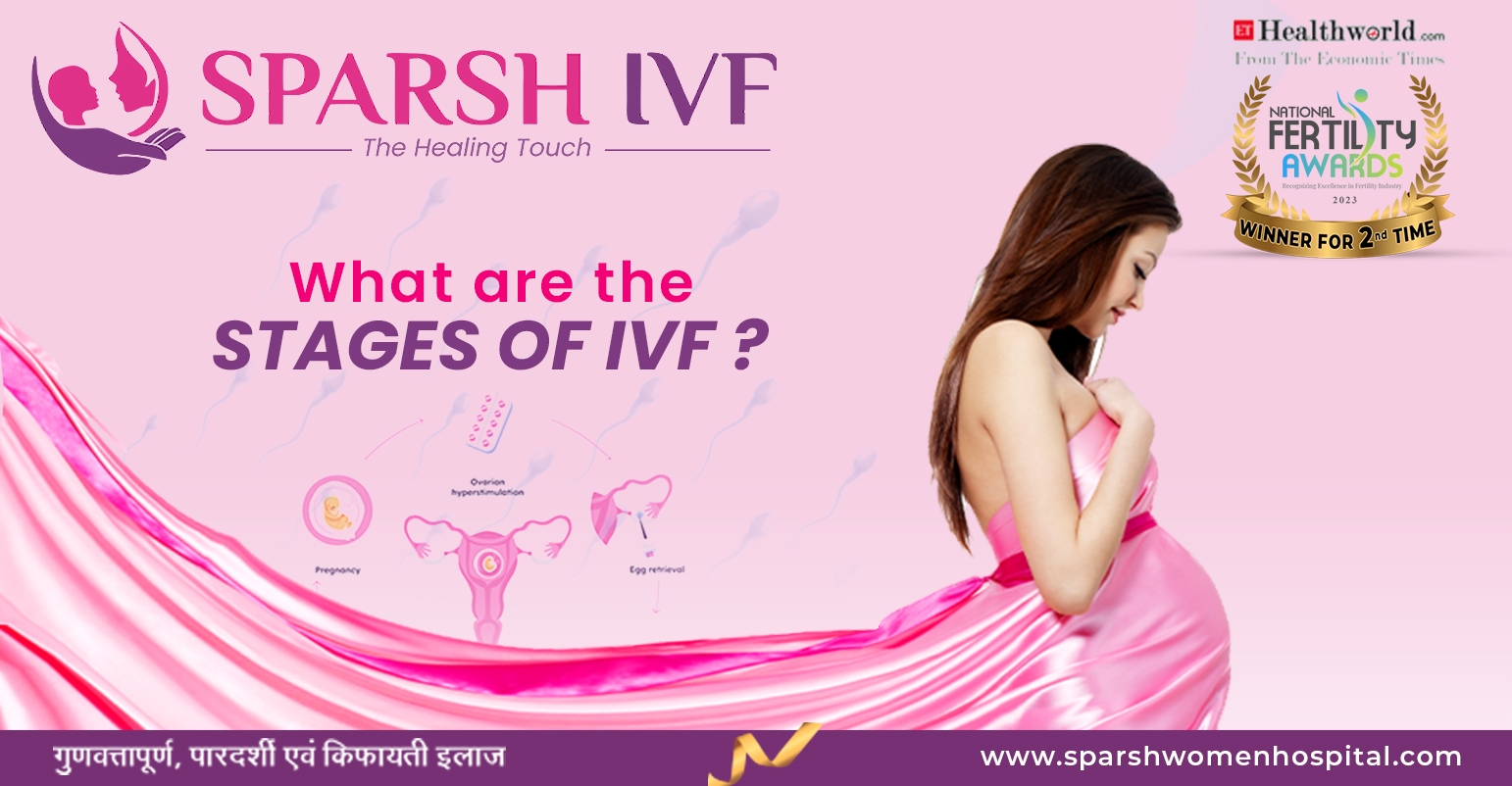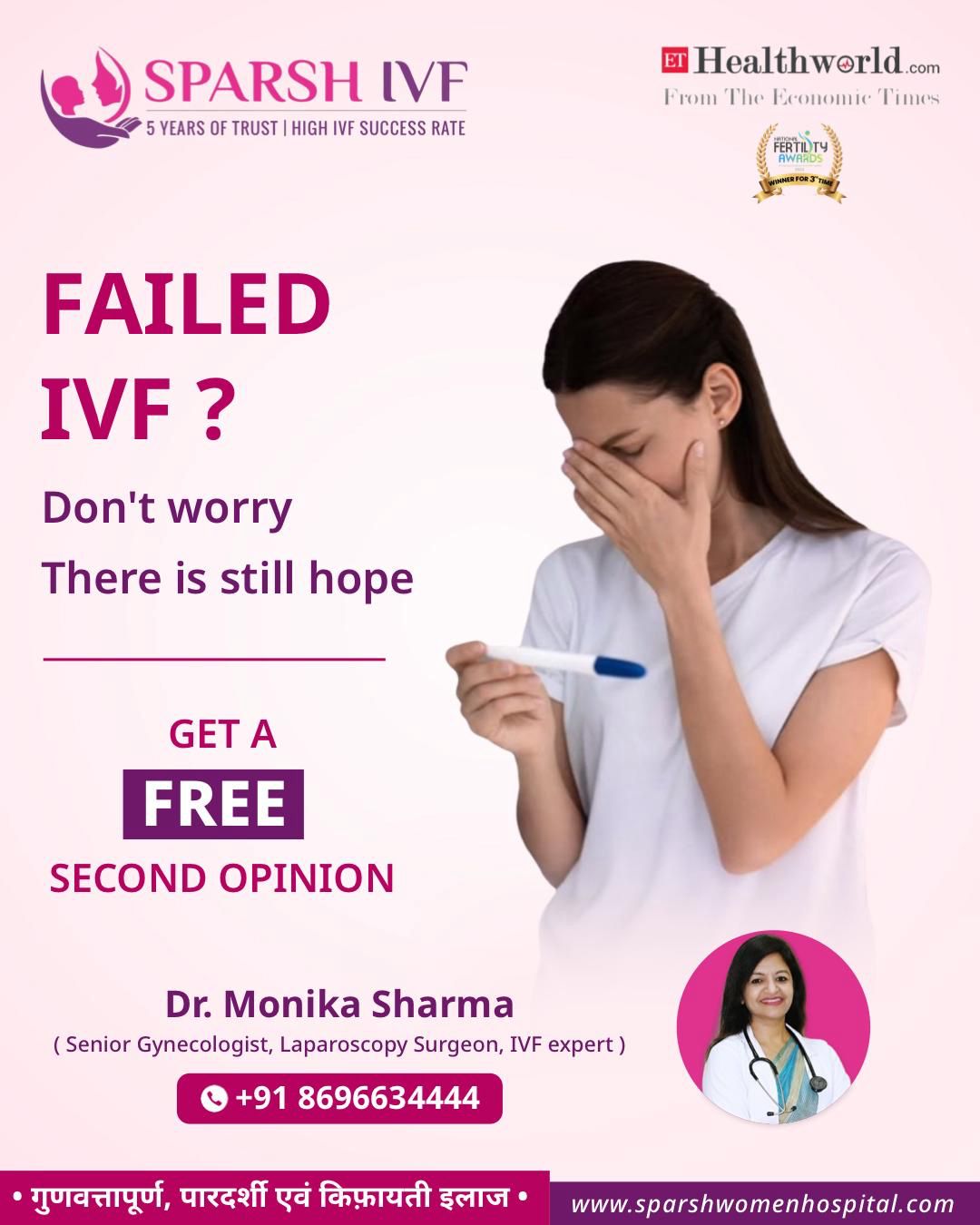
What Are The Stages of IVF?
In vitro fertilization, or IVF, is a popular assisted reproductive technology (ART) that helps couples struggling with infertility to conceive a child. IVF involves a sequence of complex procedures that take place in different stages. In this blog, we will explore the stages of IVF in detail.
1: Ovarian Stimulation
The first stage of IVF involves a process called ovarian stimulation. The goal is to stimulate the ovaries to produce multiple eggs. During this stage, the woman is given medication to stimulate the production of follicles in the ovaries. These follicles are monitored via ultrasound to track their growth. When the follicles reach a certain size, another medication is given to trigger the final maturation of the eggs.
2: Egg Retrieval
Once the eggs have reached maturity, they are ready to be retrieved. The egg retrieval procedure is a minor surgical procedure that is performed under mild sedation. Using ultrasound guidance, a needle is inserted through the vaginal wall into the ovaries, and the eggs are aspirated and collected.
3: Fertilization
The next stage is fertilization, where the collected eggs are combined with sperm to form embryos. This can be done through either conventional IVF or intracytoplasmic sperm injection (ICSI). In conventional IVF, the eggs and sperm are mixed together in a dish, and fertilization occurs naturally. In ICSI, a single sperm is injected directly into an egg, which increases the chances of fertilization.
4: Embryo Culture
After fertilization, the embryos are grown in a laboratory for a few days. The laboratory conditions are carefully controlled to optimise the growth and development of the embryos. This stage allows the embryologists to closely monitor the development of the embryos and select the best ones for transfer.
5: Embryo Transfer
The final stage is embryo transfer, where one or more of the best embryos are transferred into the woman's uterus. This typically occurs three to five days after fertilization. The embryo is transferred using a thin, flexible catheter that is gently inserted through the cervix into the uterus.
6: Pregnancy Test
Following the embryo transfer, the woman could be given medication to help support the implantation process, and approximately ten to fourteen days after the embryo transfer, a pregnancy test is conducted to determine whether the IVF cycle was successful. A positive result indicates that implantation has occurred, and the woman is pregnant.
In conclusion, IVF is a complex process that involves various stages that play a crucial role in the success of the treatment. While this description of the five stages of IVF provides a basic understanding of the process, it’s important to note that there are many factors that can affect the success of IVF, including the age of the woman, quality of eggs and sperm, and medical history.
To know more about IVF Meet Dr. Monika Sharma, a trusted IVF Expert in Udaipur, for expert guidance on your fertility journey. With years of experience and compassionate care, she provides personalised solutions to help you achieve your dream of parenthood.
For more information contact us @ info@sparshwomenhospital.com,
+91-8698634445



Post Your Comment